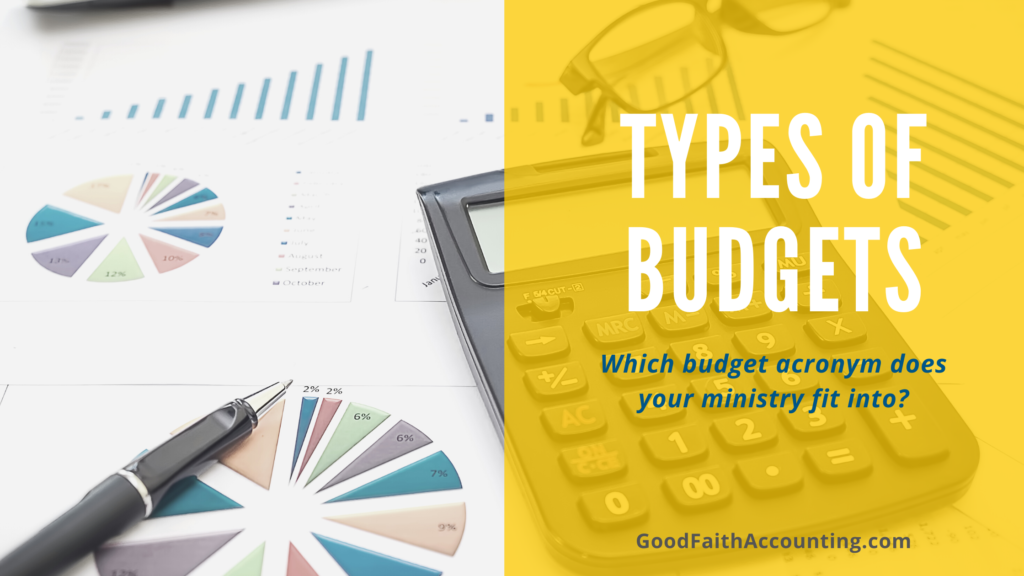January 25, 2022
A Budget for Every Occasion
At Miller Management, we want to provide assistance in helping you keep your finances Kingdom minded. One of the best ways to do that is to look at your budget. 1. Do you have one? 2. Does it reflect your mission/is it Kingdom honoring? 3. Can it be easily evaluated and understood?
First, lets look at the different types of budget and a little bit about each one. This will help you answer question number one.
Types of Budgets
- NADA
- LYPI
- ETAEC
- WYASLYP
- SOAR
Our leadership might have had a little too much fun creating these acronyms, but we will explain each of them next.

NADA
Nada, just a fancy (Spanish) way to say, none. These people only spend money when it comes in.
While that is a good budgeting practice, it doesn’t account for any accountability, measuring, or staying within the vision of the organization.
I think we can do better.
LYPI
Last Year Plus Inflation. We are just going to keep doing what we’re doing, only accounting for inflation for the current/next year. And we probably aren’t really going to check our actual numbers compared to our budgeted numbers. Nah.
This method is very low-key, but it doesn’t take into consideration any ministries that might be dying (or thriving!) and reallocating necessary budget resources.
Well, at least we have a budget, and we are looking at it every year. Okay, yes, high-five. But we can do even better.
Is this starting to hit too close to home?
Reach out to our Training division to learn more about this very subject.
ETAEC
Everyone Takes An Equal Cut. We don’t want anyone to feel bad; we are trying to run a non-profit here, not a lucrative conglomerate!
While this seems like it could come across as “fair,” it doesn’t take into account those who have been good stewards with their money, and those that have not. Equality doesn’t always mean fair. This method lacks leadership and the changing needs of the ministry.
Props to having some sort of allocation, but there is still room for improvement.
WYASLYP
What You Actually Spent Last Year Plus. Similar to LYPI, these people take the time to see what money they actually used first, so we have to give them some credit, right? Maybe.
Again, this method doesn’t take into account those ministries that are no longer flourishing, or those people who aren’t being good stewards. And it doesn’t reward those ministries that are flourishing and those people that are being good stewards.
You already know what I’m going to say…we can do BETTER.
Food for Thought on Budgets
Lastly, have we taken the time to reference our mission as an organization? Is our money lining up with the statement we are giving the world? Most importantly, have any of these budgeting methods taken into account what a Kingdom focused ministry would do with their money? If not, why not?
Remember question number two from the beginning of this post? Yeah, this is the time to think about that one.
All is NOT Lost
Yes, we can do better, together. There is still one more acronym to define, but we aren’t going to talk about that here. We want you to take a minute to really evaluate where you are on the spectrum of budgets. Maybe you just finished up your year-end and did a lot of budget talks with leadership or board members. Are you able to answer the first two questions?
Our next post on this subject will dive into Purpose Driven Budgeting, and we will take a closer look at question number three. While you wait, slide on over to our Starting Accounting in your Church Plant for similar content.
Stay Connected